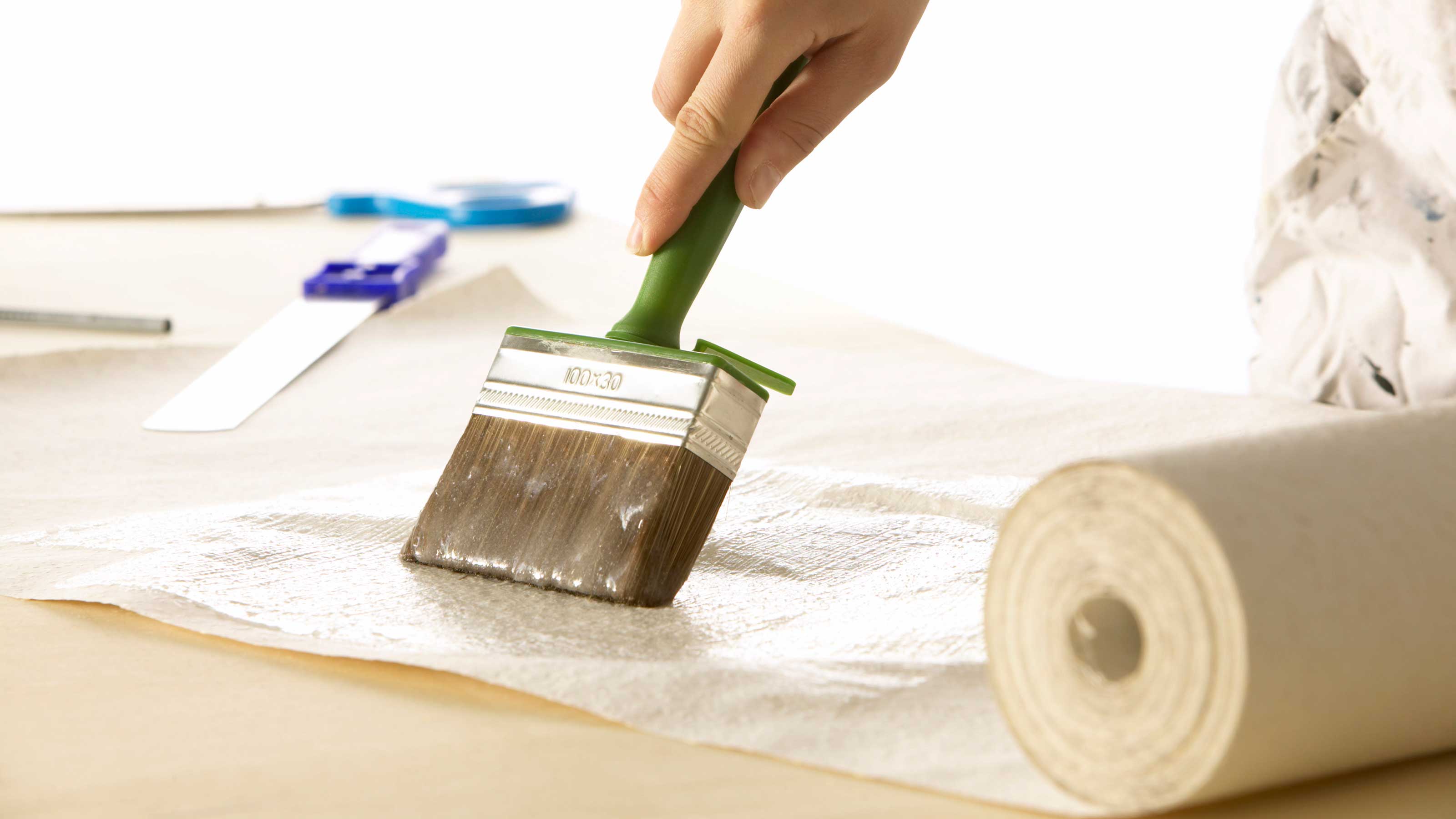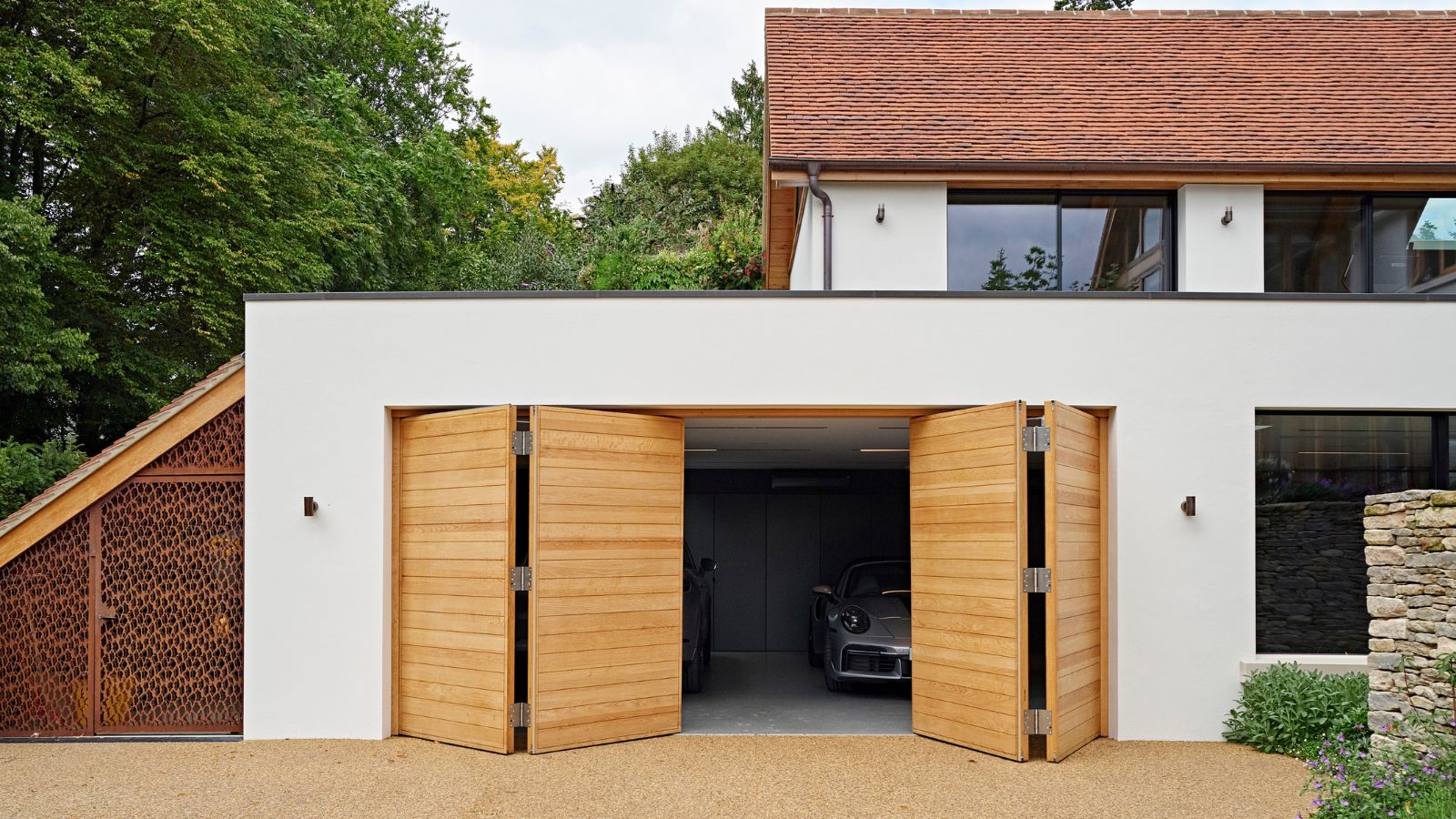How To Dispose of Wallpaper Paste: A Quick and Simple Guide
Need to know how to dispose of wallpaper paste? Here we give you the lowdown on how to get rid of it safely. Or, make good use of the left overs

How to dispose of wallpaper paste is what you will be thinking the moment you finish wallpapering and start clearing up. You followed the instructions on the packet, and added a little extra just to make sure you didn’t run out. So it's almost inevitable that you will have leftover wallpaper paste to deal with.
If you have been removing wallpaper you could use the remaining paste to seal up the wall for the next time you wallpaper. But, it is most likely that you will want to get rid of it. Especially, if there isn’t enough worth keeping for the next day’s decorating.
You will want to dispose it, but you want to do it safely and make sure that you don’t cause yourself any issues when getting rid of it.
Here we give a couple of quick and simple tips to make sure you get rid of it the right way and we throw in a few creative suggestions if you don't want to waste it.
How To Dispose of Wallpaper Paste
So you've learnt how to wallpaper and now find yourself with surplus paste after the job is done. When it comes to the disposal of wallpaper paste there are effectively two options: watering it down or letting it dry out.
Disposing of wet wallpaper paste
Wallpaper paste is commonly water soluble. You need to add water to create the paste. When you have finished with it you simply need to add more water to get it to a consistency that is like water.
The thinner the paste the less damage it will cause when you dispose of it. Do not pour it down your kitchen or bathroom sink.
Pour the watered down wallpaper paste down your toilet and flush until all gone. Alternatively, you can pour down an outside drain.
Disposing of dry wallpaper paste
If you don’t have a lot of wallpaper paste left you can simply leave it in the bucket or container used and wait for it to dry out. Once dry you can use a paint scraper to dig out and throw out with the household rubbish.
This option takes longer as you have to wait for the paste to dry, and the more paste you have the longer it will take. And, it involves a little more elbow grease to get the job done properly.
Can Wallpaper Paste Be Washed Down the Sink?
It can be but it is not recommended. If you pour any leftover wallpaper paste straight down the sink, it may harden in the pipes and cause a partial or complete blockage.
You can dilute the wallpaper paste with water, but this does not guarantee that any traces will not be left in the sink and again harden over time and create blockages.
If the wallpaper does harden in the pipes it will be difficult to get rid of without the intervention of a pro. You may need to call out a plumber to locate the issue and replace the offending pipe or pipes which will not be cheap.
What Can I Do With Leftover Wallpaper Paste?
There are a few things that you can do with leftover wallpaper paste. One of the more practical uses is to water it down a little – around 25% more water – and use it to seal paper-free walls before applying new wallpaper.
Known as sizing, leave it to dry and the watered down paste will create a seal on the wall. This will make it easier to put up new wallpaper and slide it into position.
You could get creative and use the leftover paste with any leftover wallpaper you have to decorate furniture such as drawer fronts, shelves or even light switches. To match with the rest of the room you can try painting over wallpaper to get the colour you want.
How Long Can I Leave Wallpaper Paste in a Bucket?
Wallpaper paste will be good for at least 24-48 hours. But you will need to cover the bucket with clingfilm – or similar – to make it airtight. This will stop the paste drying out and becoming useless.
It can last a lot longer, especially if you transfer to an airtight container. But ideally you only want to mix up enough for the job at hand.
Is Wallpaper Paste Hazardous?
Typically water soluble wallpaper paste is not hazardous but can contain unnatural ingredients such as fungicides and preservatives. But these are regulated so only allow quantities that are permitted.
Get the Homebuilding & Renovating Newsletter
Bring your dream home to life with expert advice, how to guides and design inspiration. Sign up for our newsletter and get two free tickets to a Homebuilding & Renovating Show near you.
Steve Jenkins is a freelance content creator with over two decades of experience working in digital and print and was previously the DIY content editor for Homebuilding & Renovating.
He is a keen DIYer with over 20 years of experience in transforming and renovating the many homes he has lived in. He specialises in painting and decorating, but has a wide range of skills gleaned from working in the building trade for around 10 years and spending time at night school learning how to plaster and plumb.
He has fitted kitchens, tiled bathrooms and kitchens, laid many floors, built partition walls, plastered walls, plumbed in bathrooms, worked on loft conversions and much more. And when he's not sure how to tackle a DIY project he has a wide network of friends – including plumbers, gas engineers, tilers, carpenters, painters and decorators, electricians and builders – in the trade to call upon.

